Latest News
UNHCR warns of dangerous new era in worldwide displacement as report shows almost 60 million people forced to flee their homes

A UNHCR report, released today, shows that worldwide displacement from wars, conflict, and persecution is at the highest levels we have recorded, and accelerating fast.
UNHCR’s new annual Global Trends report shows a sharp escalation in the number of people forced to flee their homes, with 59.5 million people forcibly displaced at the end of 2014 compared to 51.2 million a year earlier and 37.5 million a decade ago. The increase since 2013 was the highest ever seen in a single year.
The main acceleration has been since early 2011 when war erupted in Syria, propelling it into becoming the world’s single largest driver of displacement. In 2014, an average of 42,500 people became refugees, asylum seekers, or internally displaced every day, representing a four-fold increase in just four years. Worldwide, one in every 122 humans is now either a refugee, internally displaced, or seeking asylum. Were this the population of a country, it would be the world’s 24th biggest.
“We are witnessing a paradigm change, an unchecked slide into an era in which the scale of global forced displacement as well as the response required is now clearly dwarfing anything seen before,” said UN High Commissioner for Refugees António Guterres. “It is terrifying that on the one hand there is more and more impunity for those starting conflicts, and on the other there is seeming utter inability of the international community to work together to stop wars and build and preserve peace.”
UNHCR’s report shows that in region after region, the number of refugees and internally displaced people is on the rise. In the past five years, at least 15 conflicts have erupted or reignited: Eight in Africa (Côte d’Ivoire, Central African Republic, Libya, Mali, northeastern Nigeria, Democratic Republic of the Congo, South Sudan and this year in Burundi); three in the Middle East (Syria, Iraq, and Yemen); one in Europe (Ukraine) and three in Asia (Kyrgyzstan, and in several areas of Myanmar and Pakistan). Few of these crises have been resolved and most still generate new displacement. In 2014 just 126,800 refugees were able to return to their home countries, the lowest number in 31 years.
Meanwhile, decades-old instability and conflict in Afghanistan, Somalia and elsewhere means that millions of people from these places remain either on the move or – and increasingly commonly – stranded for years on the peripheries of society and amid the crippling uncertainty of being long-term internally displaced or refugees. Among recent and highly visible consequences of the world’s conflicts and the terrible suffering they cause has been dramatic growth in numbers of refugees seeking safety by undertaking dangerous sea journeys, including on the Mediterranean, in the Gulf of Aden and Red Sea, and in Southeast Asia.
Half are Children
UNHCR’s Global Trends report shows that in 2014 alone 13.9 million became newly displaced – four times the number in 2010. Worldwide there were 19.5 million refugees (up from 16.7 million in 2013), 38.2 million were displaced inside their own countries (up from 33.3 million in 2013), and 1.8 million people were awaiting the outcome of claims for asylum (against 1.2 million in 2013). Alarmingly, over half the world’s refugees are children.
“With huge shortages of funding and wide gaps in the global regime for protecting victims of war, people in need of compassion, aid and refuge are being abandoned,” said Guterres. “For an age of unprecedented mass displacement, we need an unprecedented humanitarian response and a renewed global commitment to tolerance and protection for people fleeing conflict and persecution.”
Syria is the world’s biggest producer of both internally displaced people (7.6 million) and refugees (3.88 million at the end of 2014). Afghanistan (2.59 million) and Somalia (1.1 million) are the next biggest refugee source countries.
Even amid such sharp growth in numbers, the global distribution of refugees remains heavily skewed away from wealthier nations and towards the less wealthy. Almost nine out of every 10 refugees (86 per cent) were in regions and countries considered economically less developed. A full quarter of all refugees were in countries ranking among the UN’s list of Least Developed nations.
Europe (up 51%)
Conflict in Ukraine, a record 219,000 Mediterranean crossings, and the large number of Syrian refugees in Turkey – which in 2014 became the world’s top refugee-hosting nation with 1.59 million Syrian refugees at year’s end – brought increased public attention, both positive and negative, to questions to do with refugees. In the EU, the biggest volume of asylum applications was in Germany and Sweden. Overall, forced displacement numbers in Europe totalled 6.7 million at the end of the year, compared to 4.4 million at the end of 2013, and with the largest proportion of this being Syrians in Turkey and Ukrainians in the Russian Federation.
Middle East and North Africa (up 19%)
The massive suffering from Syria’s war, with 7.6 million people displaced internally, and 3.88 million people displaced into the surrounding region and beyond as refugees, alone made the Middle East the world’s largest producer and host of forced displacement. Adding to the alarmingly high totals from Syria was new displacement of least 2.6 million people in Iraq, where as a result 3.6 million people were internally displaced as of the end of 2014, as well as 309,000 people newly displaced in Libya.
Sub-Saharan Africa (Up 17%)
Often-overlooked, Africa’s numerous conflicts, including in Central African Republic, South Sudan, Somalia, Nigeria, Democratic Republic of Congo and elsewhere, together produced immense forced displacement totals in 2014, on a scale only marginally lower than in the Middle East. In all, sub-Saharan Africa had 3.7 million refugees and 11.4 million internally displaced people, 4.5 million of whom were newly displaced in 2014. The 17 per cent overall increase excludes Nigeria, as methodology for counting internal displacement changed during 2014 making it a statistical outlier . Ethiopia replaced Kenya as the largest refugee-hosting country in Africa and the fifth largest worldwide.
Long one of the world’s major displacement producing regions, the number of refugees and internally displaced people in Asia grew by 31 per cent in 2014 to 9 million people. Afghanistan, previously the world’s leading producer of refugees, ceded this sorry ranking to Syria. Continuing displacement was seen in and from Myanmar in 2014, including of Rohingya from Rakhine state and in the Kachin and Northern Shan regions. Iran and Pakistan remained two of the world’s top four refugee hosting countries.
Americas (up 12%)
The Americas also saw a rise in forced displacement. The number of Colombian refugees dropped by 36,300 to 360,300 over the course of the year, although mainly because of a revision in numbers of refugees reported by Venezuela. Colombia continued, nonetheless to have one of the world’s largest internally displaced populations, reported at 6 million people and with 137,000 Colombians being newly displaced during the year. With more people fleeing gang violence or other forms of persecution in Central America, the United States saw 36,800 more asylum claims than in 2013, representing growth of 44 per cent.
The full Global Trends report with this information and more, and including data on individual countries, demographics, numbers of people returning to their countries, and available estimates of stateless population is available at http://www.unhcr.org/2014trends.

Latest News
EU pledges €25 million to support WFP programs in Afghanistan
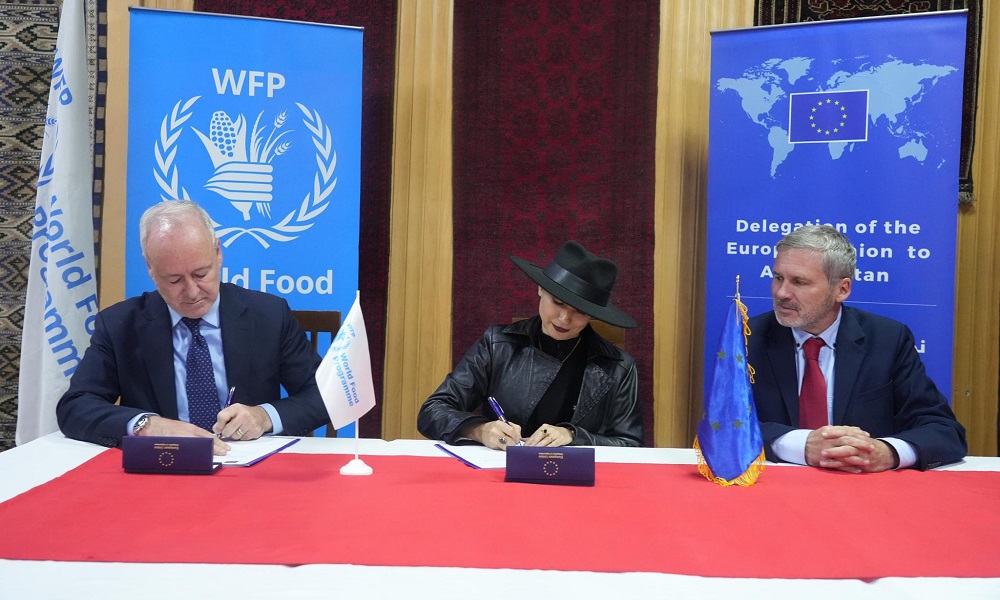
The European Union has announced €25 million in assistance to the World Food Programme’s Afghanistan office.
According to the EU, the aid will be used to develop climate-resilient projects and strengthen local food systems in Afghanistan.
It will also help create employment opportunities for women and youth, as well as support school nutrition programs.
The EU added that this cooperation will continue to expand opportunities that improve the lives of Afghans.
Latest News
Dual-citizen Afghans don’t need a visa to enter the country: Foreign Ministry
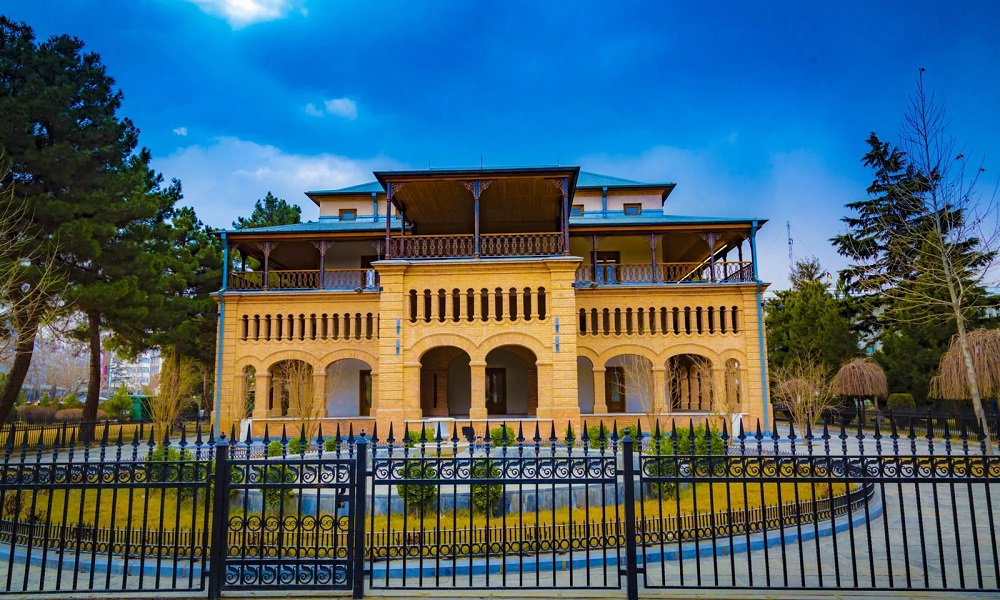
The Ministry of Foreign Affairs of the Islamic Emirate has denied reports claiming that Afghan dual citizens living abroad are now required to obtain an Afghan visa when returning to their home country.
Zia Ahmad Takal, the ministry’s head of public relations, said in a statement that no new decision has been made in this regard.
According to him, Afghans who travel to Afghanistan with a foreign passport, as before, do not need to obtain a visa if they present proof of their Afghan identity, and they may enter the country without a visa.
Latest News
Panjshir authorities report major youth recruitment drive over two years
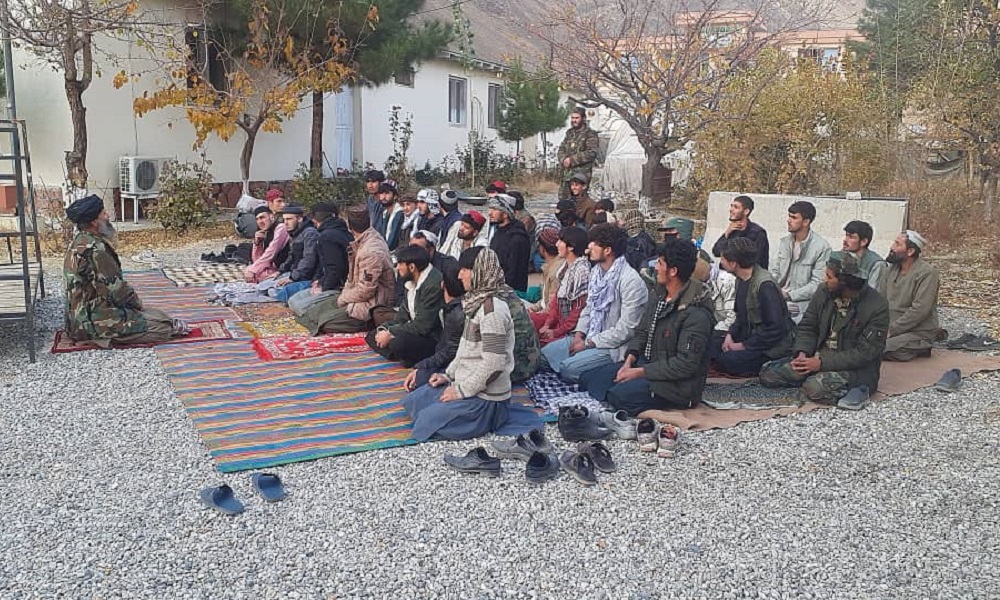
The Panjshir Media Office announced on Thursday that nearly 20,000 young people from the province have been employed across government and security institutions over the past two years, as part of efforts to expand job opportunities.
According to the statement, youths from Panjshir have joined the Islamic Emirate Army, the National Police, civilian departments within and outside the emirate’s structures, as well as the province’s rapidly growing mining sector.
The recruitment drive follows instructions from the leader of the Islamic Emirate, who—after a request from Panjshir officials during a governors’ conference in Kandahar—ordered the provincial governor to compile a list of eligible youths for placement in other provinces.
The media office said that in the current year alone, more than 1,000 Panjshir youths have been recruited into the National Police, while another 600 have joined the Islamic Army. Additionally, over 1,000 others have secured positions in civilian institutions, including domestic and international organizations, due to efforts by Governor Mohammad Agha Hakim.
Panjshir’s mining industry has also become a major source of employment. With new extraction and processing operations launched under Islamic Emirate directives, nearly 15,000 youths have been hired in areas ranging from mining to the trade of precious and semi-precious stones—marking the first time such large-scale opportunities have been available in the sector.
Officials added that thousands more young people are working on construction and development projects across the province.
Residents of Panjshir expressed appreciation for the increased attention from the Islamic Emirate’s leadership, saying many of their sons are now employed in security and civilian roles, particularly at checkpoints—something they believe has strengthened trust between the community and the government.
-

 Sport5 days ago
Sport5 days agoILT20: Nissanka fires Gulf Giants to four-wicket win over Dubai Capitals
-
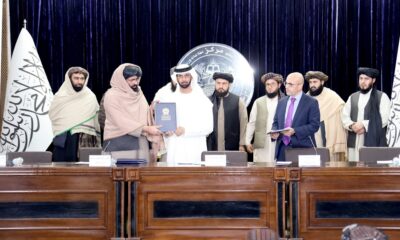
 Business5 days ago
Business5 days agoAfghanistan signs agreement with DP World to bolster ports infrastructure
-

 Latest News5 days ago
Latest News5 days agoSyria’s President challenges West’s counter-terrorism claims in Afghanistan and Iraq
-

 Sport3 days ago
Sport3 days agoILT20: Desert Vipers edge Gulf Giants in historic super over thriller
-

 4 days ago
4 days agoIran seeks broad expansion of cooperation with Afghanistan
-
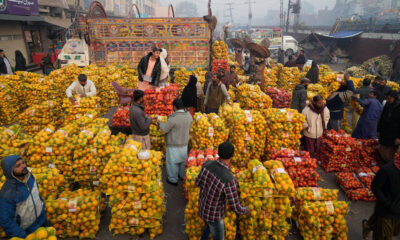
 Business4 days ago
Business4 days agoPakistan’s citrus export crisis deepens amid ongoing Afghanistan trade route closure
-

 Latest News4 days ago
Latest News4 days agoDoha Forum: Dialogue between Afghanistan and Pakistan key to regional connectivity
-

 Regional3 days ago
Regional3 days agoSix Pakistani soldiers killed in TTP attack in Kurram District


















